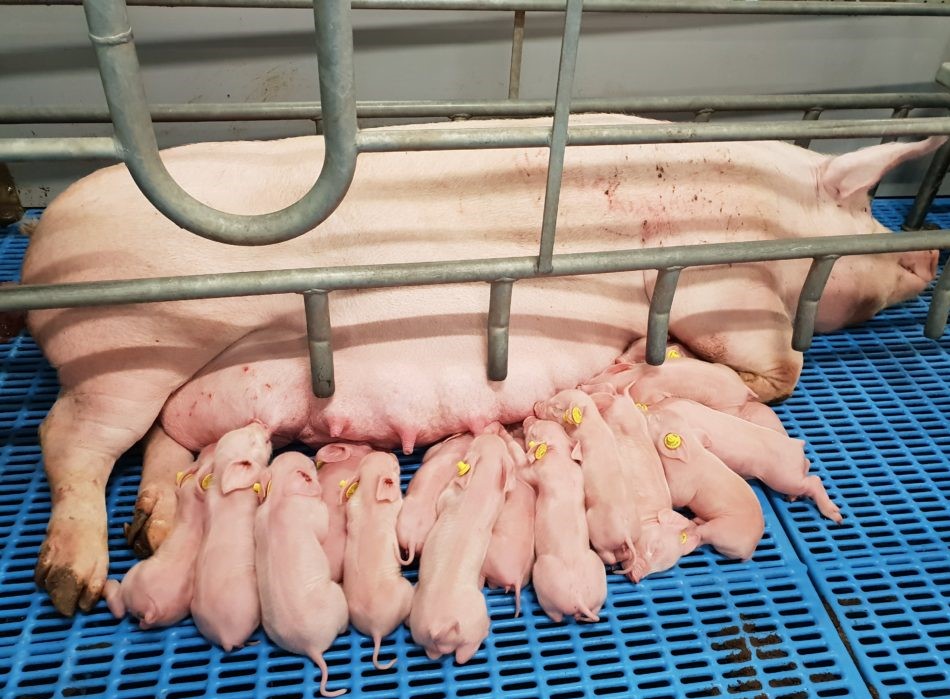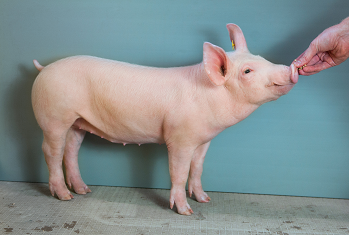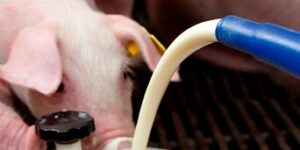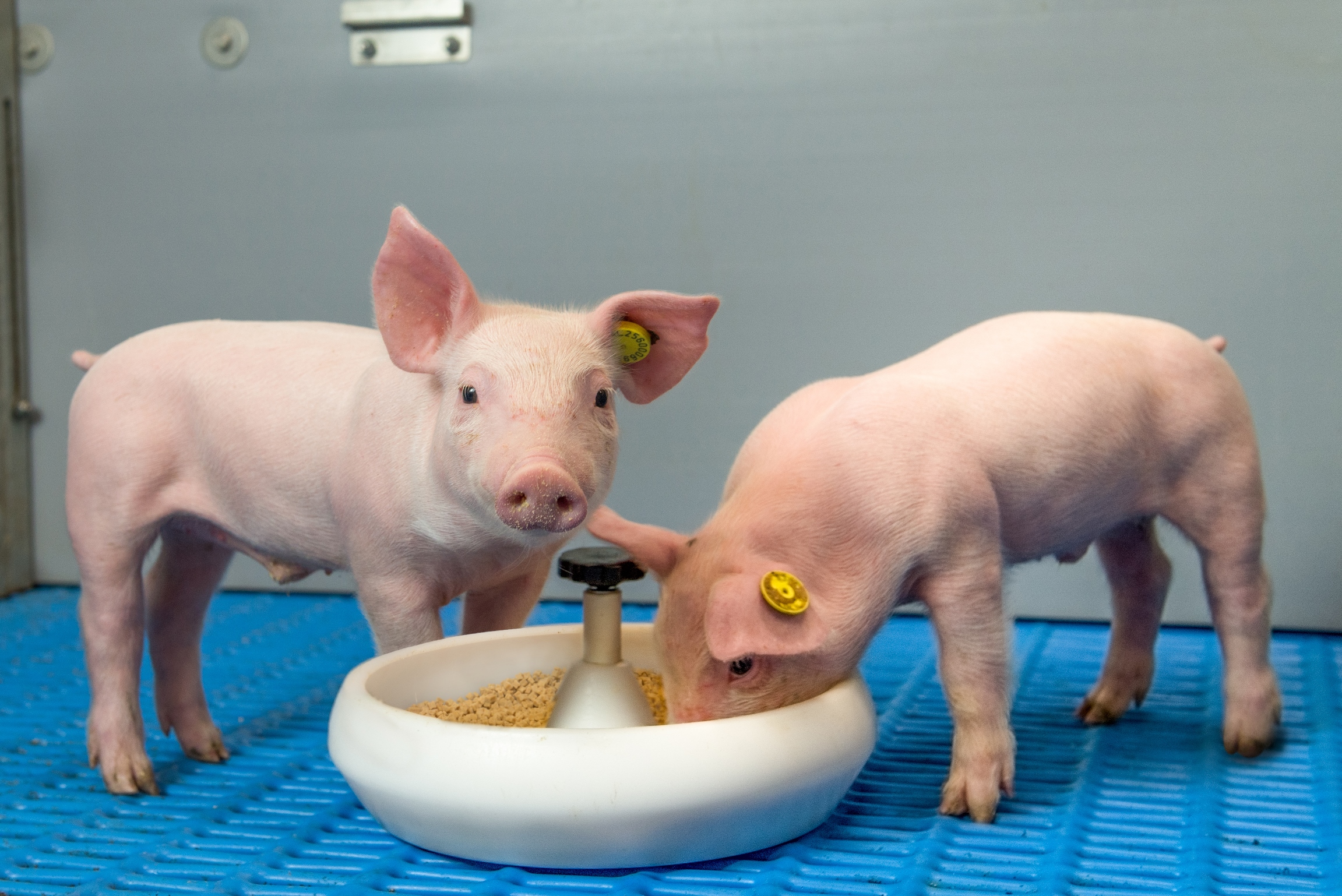Supporting gilt litters with Denkacare Vitalsafe
Decreased diarrhoea incidence and antibiotic use
A commercial farm in the northeast of Spain was looking for a solution to support the intestinal health of piglets, especially from gilt litter. Therefore, in the spring of 2021, a field trial with Denkacare Vitalsafe was performed. The results at this farm were very positive. Piglets of gilt litter showed less diarrhoea and the extra support on intestinal health also resulted in a decreased number of treatments.
What is Vitalsafe?
Vitalsafe is a tasteful product to stimulate early feed and water intake and supports intestinal health with its broad range of natural ingredients. Vitalsafe contains algae, which is not only very palatable but also has anti-inflammatory effects. The other ingredients of Vitalsafe aim on binding toxins, stimulate of immune function, strengthen the supportive intestinal tissue, protection of the epithelial and mucous tissue, and replenish energy and mineral reserves.
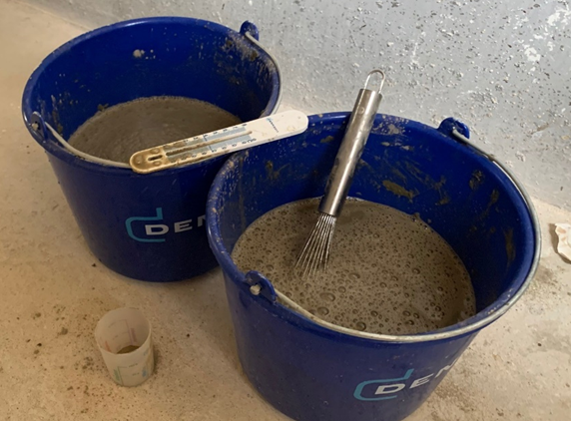
The main problem at the farm
The trial was performed at a commercial farm in the northeast of Spain with 3300 sows (PIC). The average litter size is 14-15 piglets and piglets are on average weaned within 23 days. The litters with smaller piglets are offered a piglet milk replacer (Lacto Start) from day 2 to 12. From day 7 all piglets receive a prestarter. On the farm, the piglets of gilt litter are underperforming, mainly because of neonatal diarrhoea. The farm is looking for a solution to support the gilt litter and to experience the effect of Vitalsafe.
Results on diarrhoea incidence
To measure differences between piglets with and without Vitalsafe, three groups of piglets were created:
- Control group (without Vitalsafe): 378 piglets of older sows
- Vitalsafe group (sows): 193 piglets of older sows
- VItalsafe group (gilts): 186 piglets of gilts
During the trial diarrhoea incidence was scored daily on days 2 to 6 and day 12, shown in the graph below for all groups. The piglets (from older sows) who were fed Vitalsafe showed the lowest diarrhoea incidence during almost the whole period. The biggest difference between the groups was observed on day 6. In the group of piglets with Vitalsafe, only 7,1% of the litters showed diarrhoea, while in the control group 25,0% of the litters had diarrhoea.
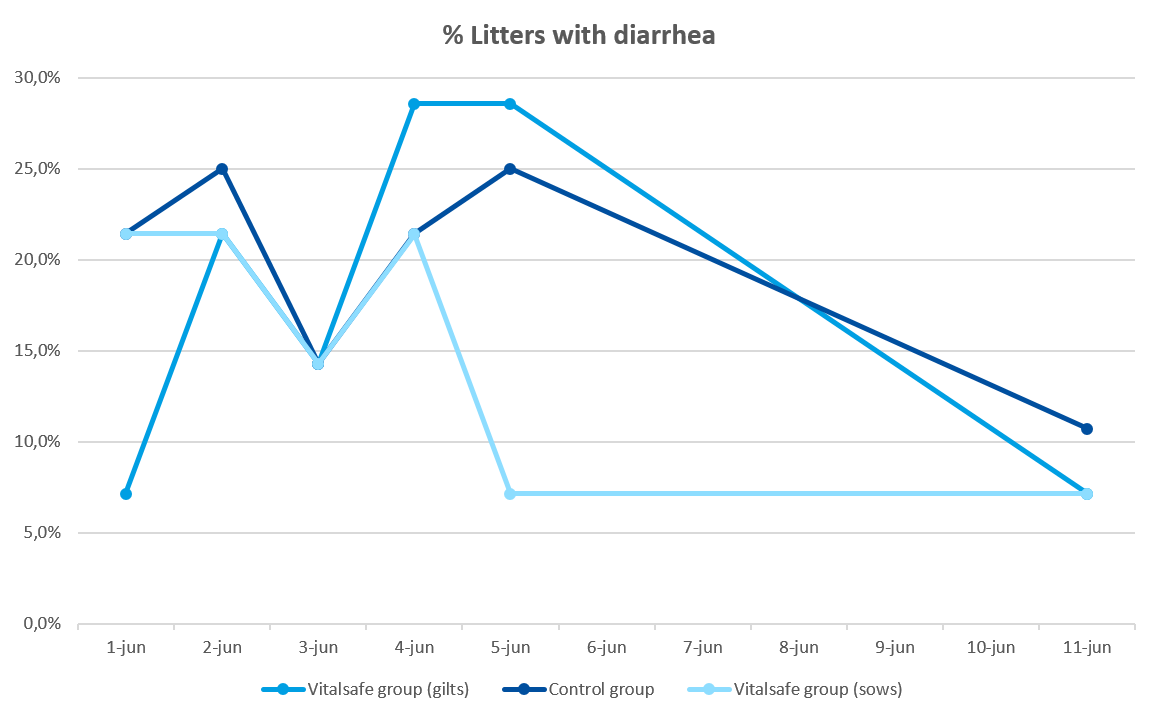
Results on treatments
Litters were treated with antibiotics on day 4 when needed. In the control group, 16,1% of the litters were treated, while in both Vitalsafe groups, this percentage was lower (10,7% and 14,3%). Differences in mortality were small, but, remarkably, the piglets from gilts who were fed Vitalsafe had the lowest mortality.
Conclusion
The main goal of this farmer was to reduce differences in diarrhoea incidence and treatments between gilts and multiparous litters. The results and experiences with Vitalsafe are positive. As shown in the graphs the piglets from gilt litters showed similar or even better results than the other piglets. The Vitalsafe groups had a decreased diarrhoea incidence in piglets, including those from gilt litters. The extra support on intestinal health also resulted in decreased treatments, showing improved animal health.



